I first heard of this species when reading through a newspaper article that detailed how over 200,000 animals died in a mass die-off over a period of just a few weeks, when researching the animal further it could be seen that they've led a relatively tormented existence where their numbers have fluctuated wildly in the past century, they are an animal stuck within a delicate balance between a thriving population and a decline to extinction, as such this remarkable and strange looking animal is sadly suitable for this series.
Description
There are two subspecies of Saiga Antelope, Saiga Tatarica tatarica and Saiga Tatarica mongolica, both subspecies are now considered critically endangered and are experiencing annual population declines.
They are Ungulates that are widely believed to be a cross over species between Antelope and Sheep, they are not true Antelopes as their name suggests.
They are quite small animals and stand no taller than 80 centimetres at the shoulder and on average grow to no longer than 1.4 metres, they weigh between 26 and 69 Kilograms depending on their sex and age, with males being the larger sex.Their coat changes dramatically as the seasons change, during the summer months their coat is yellow with tinges of red that gradually fade to white toward the flanks, whereas during the winter months the Saigas coat becomes a pale greyish brown, the length of their coat ranges from 18-30 millimetres in the summer to 40-70 millimetres in the winter, as such they have two distinct moulting phases at the end of the summer and winter seasons.
They are easily recognised by their defining facial feature, two closely-spaced enlarged and bloated nostrils that are directed down over the mouth, aside from looking odd their nose offers several highly beneficial functions.
Firstly, it helps them breathe during migration, as the Saiga inhabit dusty plains and can travel at speeds of up to 80 Km per hour they can create dust storms, their nose filters the dust particles from the air and is later excreted from the nostrils in the form of mucous.
During the Winter months it has a different function and is instead used to store air for a short period of time, as the frigid air is stored it is then heated within the nostrils, once warmed it is sent to the lungs, upon exhalation the Saigas nostrils extract heat from the exhaled air and as such the exhaled air is only marginally warmer than the surrounding air temperature.
Saiga are sexually dimorphic, as previously mentioned the males grow larger than females, though the easiest method of identifying the Saiga is to observe their Horns, or lack of. Only male Saiga possess horns that grow in pronounced rings and may spiral at longer lengths, Saiga horns can grow to 38 centimetres in Russian specimens though they only grow to 22 centimetres in Mongolian Saiga.
Habitat and Diet
The Saigas preferred habitats consist of open-steppe grasslands and semi-arid desert regions of central Asia and can be found in the following countries, Kazakhstan, Mongolia, Russia, Turkmenistan and Uzbekistan.
Like most Ungulate species they have a completely herbivorous diet and spend most of their day feeding on grasses, although they will occasionally browse on plants and flowers if they are available, they are also capable of digesting poisonous plants that other animals in the region are not capable of consuming, thus they fill an ecological niche that allows their diet to consist of over 100 different plant species.
They are a migratory species and will migrate south during the winter months in search of improved feeding opportunities, during this migration a herd of Saiga may travel as far as 72 miles in a single day, this migration is less dramatic in the Mongolian subspecies of Saiga and as populations dwindle, their requirement for vast feeding locations is reducing.
Behaviour and Reproduction
Saiga antelope prefer to exist in large herds, a trait that is widely observed in grazing herbivores, like most social animals they display a clear dominance Hierarchy with the dominant male claiming first rights to breeding.
Male Saiga become so determined to breed that it can often result in their demise, due to a series of violent fights and lack of dietary sustenance males often die from exhaustion or infection with some studies estimating that the mortality rate in rutting males may be as high as 90% in some populations.
Once the rutting season has ended, successful males will lead their Harem north to feeding grounds that they will inhabit at the end of April, after they have arrived the females will begin to give birth, over 66% of females will yield a twin-birth and all females will give birth within a period of one week of the first birth.
The overwhelming majority of births yield female Saiga, with only 1-10% of all births yielding a male calf, this supports a Harem structure of breeding, however it is not an ideal distribution of sexes in a declining population as the likelihood of incestuous breeding increases.
Once the Calves are old enough to walk the herd will begin to break apart thus forming a number of smaller herds that will migrate further north to the summer feeding grounds, after the summer months have passed all herds will congregate to form a super-herd that will migrate south in search of food.
On average Saiga live for no longer than 4 years, therefore females must breed every single year to maintain a viable population.
Threats to the Saiga Antelope
The Saiga are affected by a number of threats including habitat degradation, illegal poaching and the introduction of invasive species have all contributed to the Saigas declining population.
As male Saiga are the only sex that possess horns, they are selectively hunted. This is placing a huge strain on breeding populations as male Saiga only account for <10% of all births, these two factors combine to create a complete collapse in reproductivity, a collapse that can literally only be stopped if male Saiga are no longer hunted for their horns.
Saiga may inhabit vast grasslands, but they are reliant on abundant sources of food throughout their migratory routes, their feeding grounds are gradually being decimated by human encroachment in the form of Cattle farms, Roads and other projects, as Cattle are introduced traditional grazing of the grasses is no longer observed, as such the grass that Saiga rely on is now being replaced with a different grass that they cannot consume, this is leading to larger herds dying of starvation in some areas.
Other threats to the Saiga can also be observed in climatic changes, with widespread grassland fires reducing feeding opportunities, it has also been theorised that increased rainfalls can result in the development of harmful bacteria that can weaken the Saigas immune system to the point that commonly observed bacteria within their respiratory tract can become harmful.
In 2015 over 200,000 Saiga Antelope died from hemorrhagic septicaemia that has been attributed to the bacterium Pasteurella multocida, it’s unknown what was the exact cause for the commonly observed pathogen manifesting as it did, therefore it’s a worry as the event yielded a close to 100% mortality rate in the Betpak-Dala population.
Conservation Efforts
At the time of writing this article the two subspecies of Saiga Antelope are in worrying decline, with a rough estimate of 40000-60000 Russian Saiga and 750 Mongolian Saiga left in the wild, this represents a population decline of over 80% from 1980 estimates.
Luckily for the Saiga they are quite well monitored, at least when compared to other critically endangered animals, the WWF has been involved in the protection and conservation of the species since 1994, and in recent times most of the rapid population decreases have been attributed to disease and environmental disasters.
The Saiga are an internationally protected species and a complete ban is currently in place on all Saiga hunting, as well as the sale of any Saiga products including meat and horns, despite these measures illegal poaching of the Saiga continues, with as many as 2800 horns being ceased in 2016 alone, the Saigas wide range makes it almost impossible to enforce the bans without an increase in conservation funding.
Most of the work carried out by the WWF is in conjunction with the Saiga Conservation Alliance (SCA), a non-profit organisation that’s solely focused on the preservation and improvement of the Saiga and their territories.
The SCA conducts impact evaluations, camera trapping expeditions and widespread population monitoring to provide consistent details on the health of both Saiga subspecies, they also work to educate future generations within the Saigas region, by introducing both young and old generations to the plight of this animal they are hoping to increase the funding required to protect the Saiga whilst also ensuring that future generations continue to protect them.
You can donate to the SCA should you be interested in saving the Saiga here
Content Sources
More Endangered Species




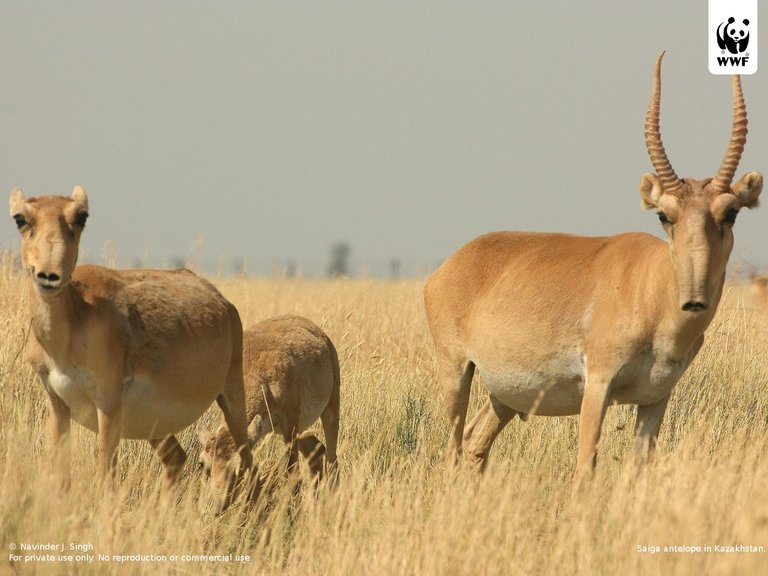

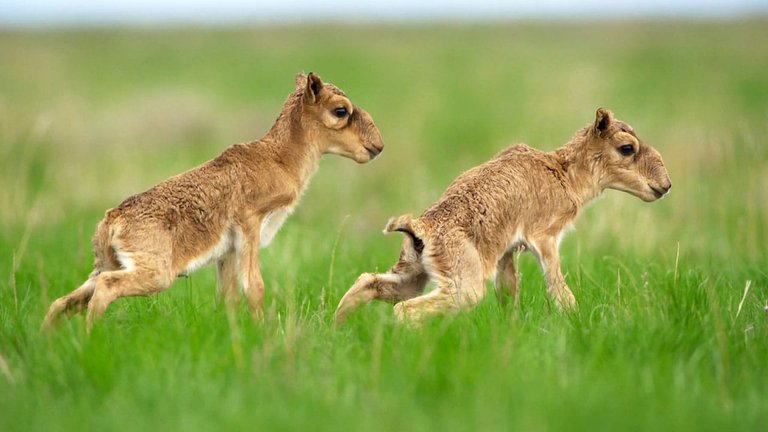

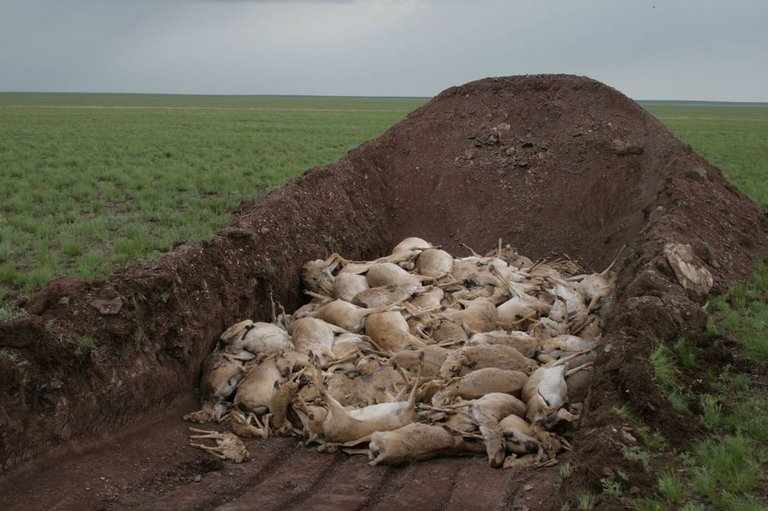
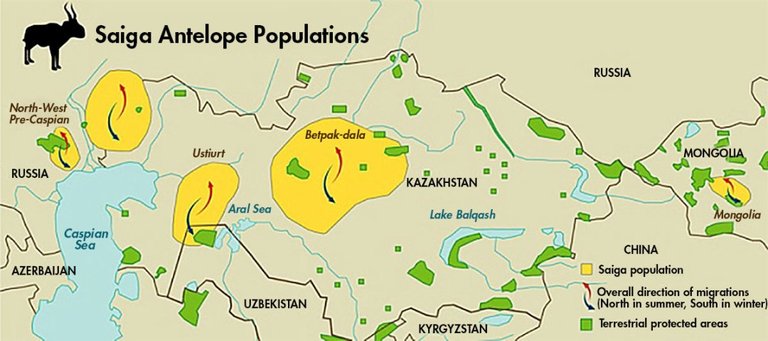
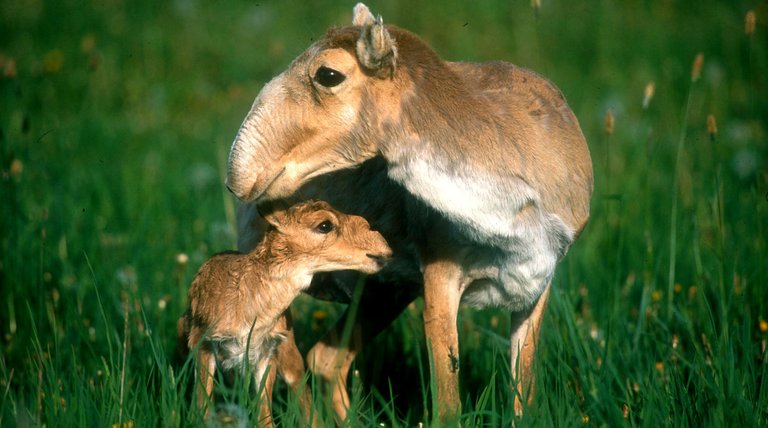

Great article. I am saddened by the fact that the Chinese still cling to these antiquated medicines. I know the same thing happens here in Canada with bears and caribou. They are poached just for body parts.
....upvoted followed and resteemed.
PS @zest turned me on to your posts.
@originalworks
Thank you for educating us about species of animals that are on the brink of extinction. These small creatures chances of survival become even more at risk with poachers killing them for medicinal purposes. Great article.Glad you are back home.
this animal with little horns is so cute while i am sad to listen about its mass burial after a widespread die-off
Thank you for this post. It's sad to read about endangered animals but also quite interesting, and it's important that more people know about them to prevent them from actually going extinct.
Never heard of those :) Thanks for sharing (:
These are beautiful
keep up.
folow me and keep upvoting
Congratulations @amavi! You have completed some achievement on Steemit and have been rewarded with new badge(s) :
Click on any badge to view your own Board of Honor on SteemitBoard.
For more information about SteemitBoard, click here
If you no longer want to receive notifications, reply to this comment with the word
STOP